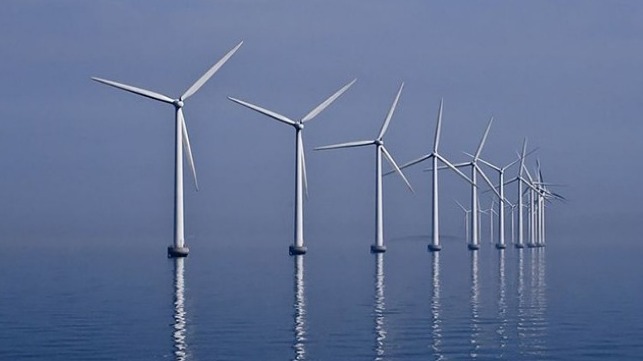Asia-Pacific Offshore Wind Capacity to Rise 20-Fold

New research from global natural resources consultancy Wood Mackenzie indicates Asia-Pacific's offshore wind capacity will rise 20-fold to 43GW in 2027.
Leading this will be China, which is expected to see offshore wind capacity grow from 2GW last year to 31GW in the next decade.
Next is Taiwan which will account for 20 percent or 8.7GW of offshore wind capacity by 2027, making it the largest offshore wind market in Asia-Pacific excluding China by 2020. Currently, Taiwan relies heavily on coal, gas and nuclear for power. However, the government has pledged to shut down nuclear plants by 2025, thereby leaving a void of 5GW of power capacity to be filled. Offshore wind is expected to fill this gap as more than 5.7GW of projects have been approved and planned for commissioning by 2025.
Driven by declining prices, a few markets in Asia-Pacific have set ambitious offshore wind targets. However, not every market is set for success as a stable domestic offshore supply chain and strong government support are needed to sustain growth in the long term, says Wood Mackenzie. Together with South Korea and Japan, East Asia needs around $37 billion in investments to meet the growth in offshore wind capacity over the next five years.
Future offshore wind prices are projected to be competitive with traditional thermal prices by 2025.
Despite the enormous potential of offshore wind in Asia-Pacific, key challenges around technology maturity and limited regional offshore wind supply chain remain. Advanced offshore technology used in regional leader China still lags behind that of European offshore. For example, leading Chinese offshore turbine supplier Shanghai Electric continues to be reliant on technology licenses from European turbine original equipment manufacturer Siemens-Gamesa Renewable Energy, and regional turbine suppliers still do not offer offshore wind turbines in the >8MW class which are now preferred by leading offshore wind developers.
Outside of China, local turbine suppliers in Korea and Japan are investing in new and larger offshore machines comparable to western turbines. This will take time, as it will require more research and development, testing new demonstration units and establishing developer buy-in. In addition, to support the ambitious growth in offshore wind capacity, a robust supply chain needs to be developed. Maritime infrastructure, establishing a local vessel fleet to install and service offshore wind farms, and upgrades to transmission systems will take time to be built up.
